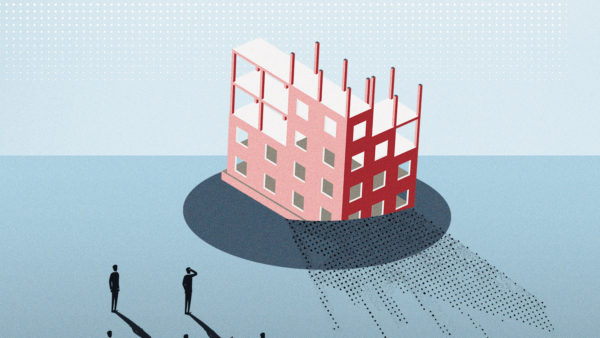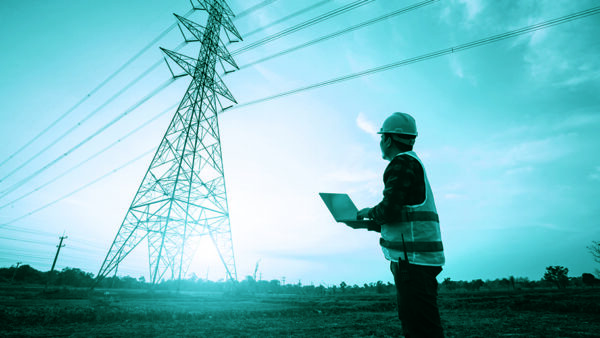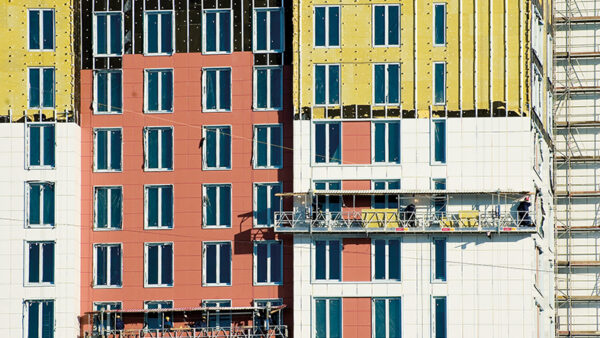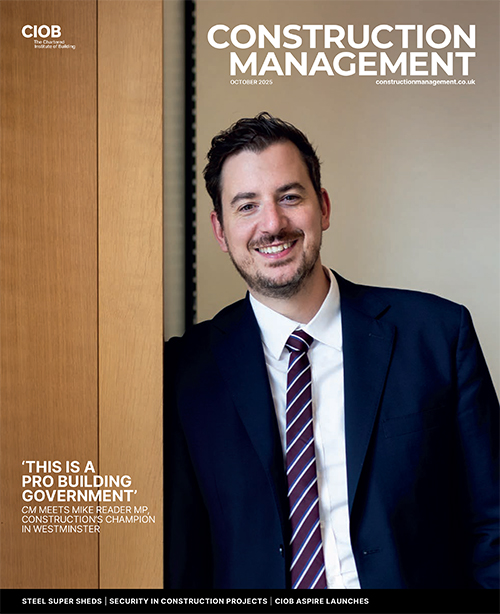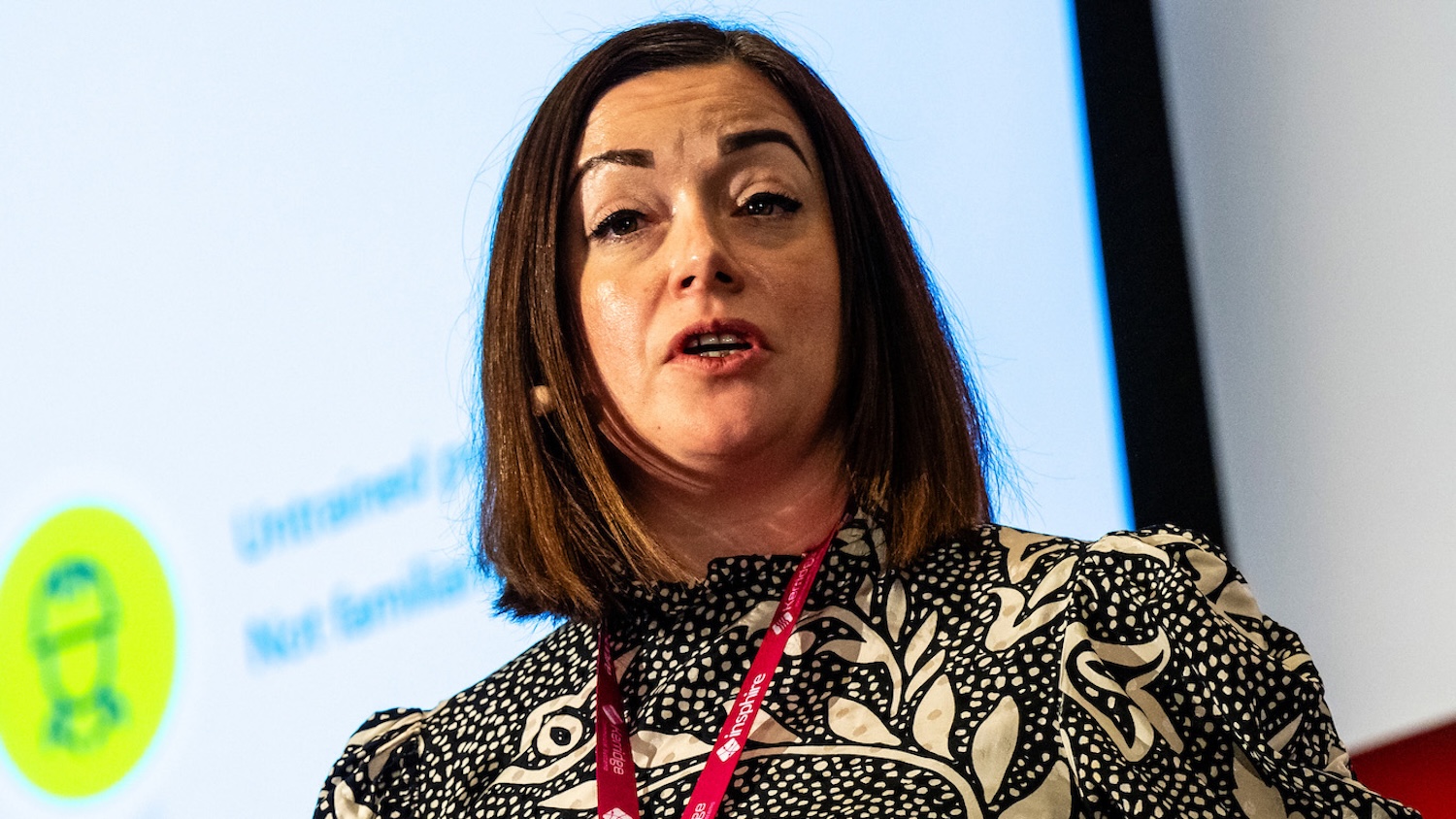Bob White, chairman of Rise Management Consulting

Wouldn’t it be great if every site could somehow be cocooned by a temporary but robust structure? It could eliminate lost time for inclement weather and high winds, give a much improved working environment for the operatives, and could improve site security – not to mention the reduced noise and air pollution impact on surrounding occupiers.
On large projects the cocoon could be donated to a local club, charity or other party who needed large undercover clear-span space for their activities. This would be a more visible contribution to the local community than a property tax.

Gemma Gay, project manager at Osborne

The bane of my life is the amount of wires on site. It would be perfect if everything on site could be wireless, so that there were no trip hazards. It’s not practical to run everything with batteries and you still need to worry about running out of charge and charging up.
So what I would like is some sort of wireless charging device that could be installed on site and would be able to provide power to all the tools, temporary lights, ventilation units etc wirelessly.
I’d love this, so I wouldn’t have to worry about wire trip hazards or recharging ever again.

Tim Carey FCIOB, product director at Willmott Dixon
After looking at travel apps, I thought that it would be a great idea for someone to create a site passport app. All Construction Skills Certification Scheme card information, plant training records, induction history, toolbox talks record, site supervisor and first aid qualifications could be stored on the app, so that information is all up to date and easily accessible.
Of course the information would have to be controlled and policed by an independent central team to make sure that it is certified and give those checking it the sufficient confidence in its accuracy.
Using near-field technology you could also use your phone and the app to provide any biometric data required to enter the site with all information checked instantly. I’m sure other interesting functions could be added such as a calorie burner to calculate how much energy you burn on site.
If someone built this app, we would definitely look to use it.

Natacha Redon, project manager/BIM coordinator at Identity Consult

At the moment the industry is trying to catch up to BIM and the most forward-thinking contractors already use tablets on site to view the 3D models. It helps them understand the construction better, know where they need to install the kit and be aware of hazards, among other benefits.
I would love safety goggles to become interactive, so they could view the model and other relevant information – a bit like augmented reality, but on site. This would enable contractors to ensure their work is installed accurately, illustrate some method statements and flag up risks, depending on the works scheduled around them.
Combining these functions with robust safety glasses would give contractors all – or even more – benefits than the tablet without having to carry another piece of equipment on site.

Jay Beers, vice president of business assurance safety health and environment, UK, Ireland and Europe at Aecom

BIM holds the key to future safety innovations on construction sites. Basic BIM models can already support systems such as controlled safe entry points, but imagine if they went further.
Fully automated systems would transform the industry’s approach to safety. I’d like to see systems capable of monitoring oxygen and hydration levels, or even body temperature, which would be helpful when workers are in confined areas or wearing protective suits. Sign-in cards could be incorporated, activating automatic breathalyser tests on entry.
If the system were linked to security cameras, the entire site could be live monitored for hazards, and alarms triggered by any safety risk – the benevolent Big Brother of construction.


